Sports are fun because so much of what goes into the experience is the environment, including where you are playing the sport.
Pickleball is no different.
One of the biggest factors in where you play is whether it is indoors or outdoors. Here are three things to think about when playing indoors versus outdoors.
Indoor lighting or court backdrops can be tricky
This is a huge factor, especially if you play almost exclusively outdoors (shoutout to my Florida and California pickleballers).
Most indoor venues are cognizant of how tough it can be to see indoors and are installing proper lighting to combat that. However, there are still quite a few places with either insufficient lighting, or lighting that is spotty or even too bright.
If you are playing an indoor tournament in an unfamiliar venue, I recommend getting there at least a few hours – if not a day – early to walk around or even play in the venue before the tournament starts. Play a few rec games and make sure to practice fast hands and overheads, as these shots will require you to look into the lights. Pay attention to which side of the court has better lighting, and remember that for when you’re picking sides during the coin toss.
On a related note, indoor venues may also have funky backdrops or wall colors/patterns that can make tracking the ball tougher. For example, I played at an indoor facility that had orange walls. I consistently lost the ball in the color of the walls, making it extremely difficult to keep my eyes on the ball and hit cleanly. The lighting and décor of an indoor facility can pose real issues when moving inside.
It’s Time to Start Making Your Overheads Like Clockwork
Find yourself burying too many overheads into the net? With help from the Queen of Pickleball - Simone Jardim - we explain a tip that will help you make your overheads more consistently.
 The Dink PickleballLuke Burton
The Dink PickleballLuke Burton
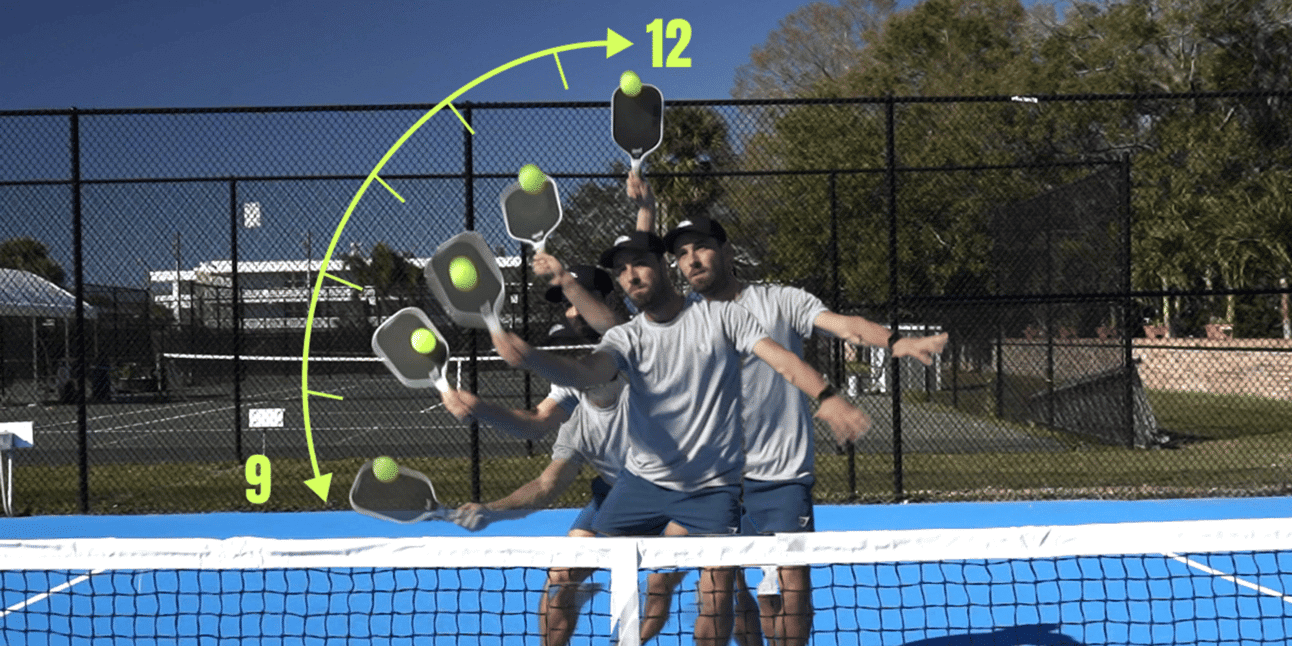
The temperature
My favorite part about playing pickleball indoors is you never have to worry about being rained out. You are guaranteed to play even if it rains, snows, hails, etc. You also won’t have to deal with the repercussions of it being too sunny, and generally speaking wind will not be a factor (though some places have industrial size fans that can produce quite a bit of airflow).
While indoors is great for negating mother nature, indoor facilities can fluctuate dramatically in terms of temperature. Some places are extremely hot and humid with little to no air flow, creating an almost swamp-like environment. This can actually slow down the pace of the game (making the ball softer), and will also result in you needing multiple changes of clothes, a towel, some form of sweat or headband, and the willingness to feel gross the entire day.
I have played indoors with no air conditioning, and it was actually hotter indoors than it was outdoors (and this was summer in the Southeast).
On the flip side, I have also played at indoor facilities that were completely frigid. Some places blast their air conditioning so much that you have no choice but to bundle up. Not only will this make the ball harder and speed the game up, but it means having to warm up longer. My body has locked up and gone stiff waiting in cold indoor facilities between matches.
Make sure you bring a jacket and sweatpants and continue to keep your body warm when you aren’t playing.
The courts and the noise
No two pickleball courts are the same, and that’s what makes playing so much fun. Each court has nuances, whether it has cracks, a better side, closer fences, etc. This is especially true of indoor courts. Unlike your typical standard surface outdoor courts, indoor facilities are much more likely to vary in what their court surface is made of.
Try the Double Ball Drill Like Jay Devilliers to See the Ball Better
Learn the Double Ball Drill from pro player Jay Devilliers. It can help you build stronger muscles in your eyes and create better reflexes while at the kitchen line.
 The Dink PickleballJason Flamm
The Dink PickleballJason Flamm
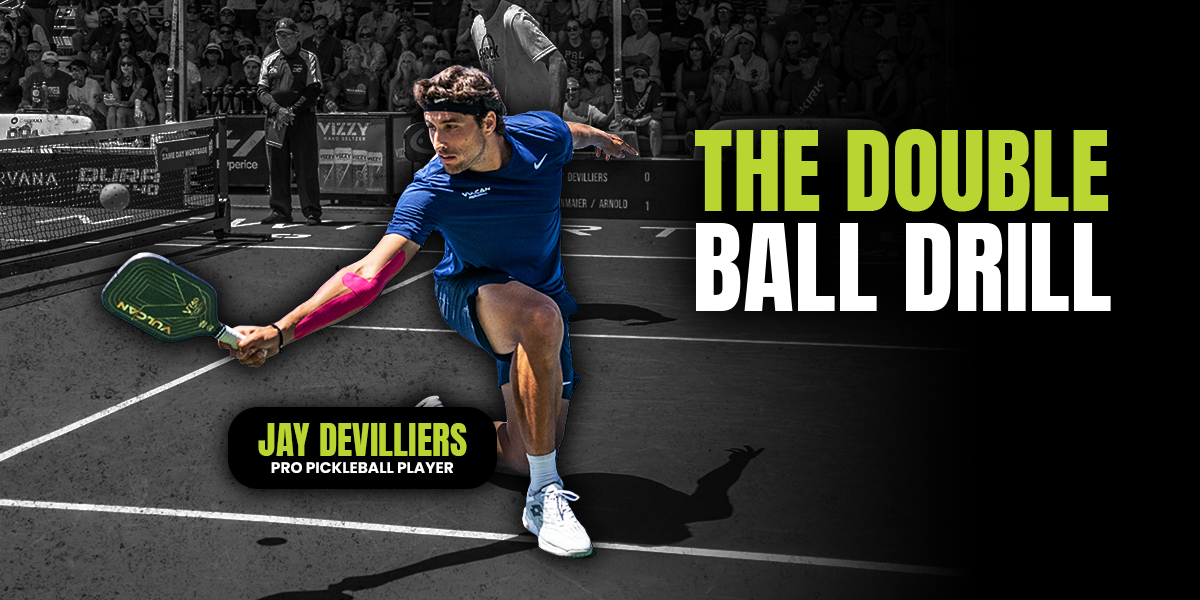
I have played indoors on multi-sport surfaces, basketball hardwood floors, lightning-fast concrete, and even clay (yes, clay). My point here is that you truly never know what you are going to get with an indoor court.
I can’t reiterate enough how important it is to get to an indoor venue early and getting some reps on the court. I like to walk around the court and look for dead spots, cracks, or any oddity of note. Feeling comfortable on court comes from knowing what you can and can’t control, and if you know the kind of court you are playing on, you will feel more confident in mastering it.
My last little add on to this facet of playing indoors is the noise. Everyone knows how annoying (or therapeutic, depending who you are) the sound of a pickleball is. Surrounding a court by four walls can impact the sound. I played on a court in North Carolina that had a one second echo delay. The sound of my paddle hitting the ball did not reach my ear until well after I struck the ball, which was extremely distracting.
Three Mistakes Amateur Pickleball Players Are Most Guilty Of and How To Fix Them
When our resident pro Eric Roddy isn’t competing against the best pickleball players, he’s giving valuable instruction to amateurs looking to get better. He shares the three mistakes he sees most amateurs consistently making and how he fixes them.
 The Dink PickleballEric Roddy
The Dink PickleballEric Roddy
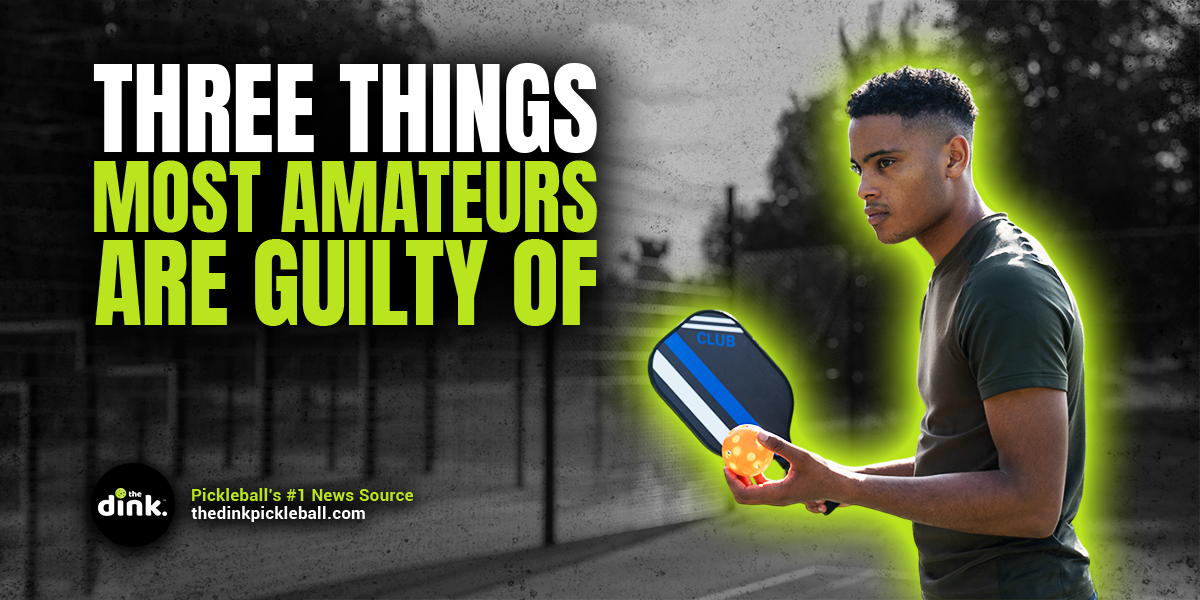
Some buildings can get extremely loud, especially if you have multiple courts being used at the same time. Just like the lighting, the noise of an indoor facility can pose difficult challenges.
One way to prep for playing in different environments
You may not believe me, but I am the guy at the park who actually likes to play on the court with the cracks. There is no better practice for playing a tournament or match on different types of courts than practicing on different types of courts. You will mentally become stronger if you build reps or a history playing on a less-than-perfect court.
Take the sunny side. Take the side with the wind in your face. Take the side with the restrictive, closer fence. Do not make excuses, and instead face the adversity head on and become better for it.
Enjoy the grind, and remember, you can’t dink all day if you don’t start in the morning.
Pickleball Skill Quiz
Find out your pickleball rating
 Pickleball Skill Quiz
Pickleball Skill Quiz

Anuncie Aqui / Advertise Here
Sua marca para o mundo Pickleball! / Your brand for the Pickleball world!

 English
English  Spanish
Spanish  Portuguese
Portuguese  German
German  Italian
Italian  Japanese
Japanese  French
French  Polish
Polish  Russian
Russian  Netherlands
Netherlands  Hungarian
Hungarian  Turkish
Turkish  Videos
Videos 
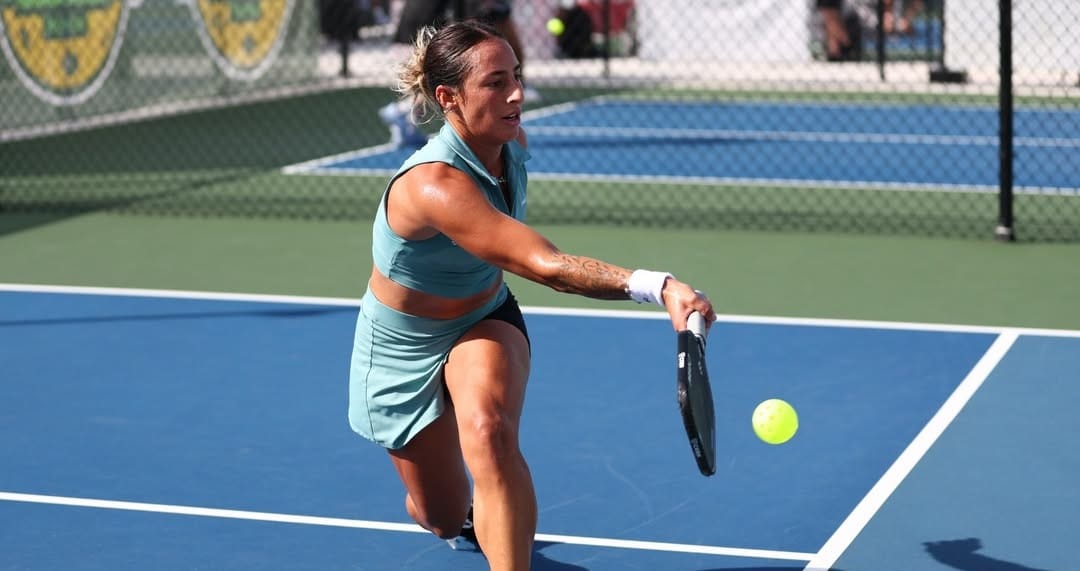
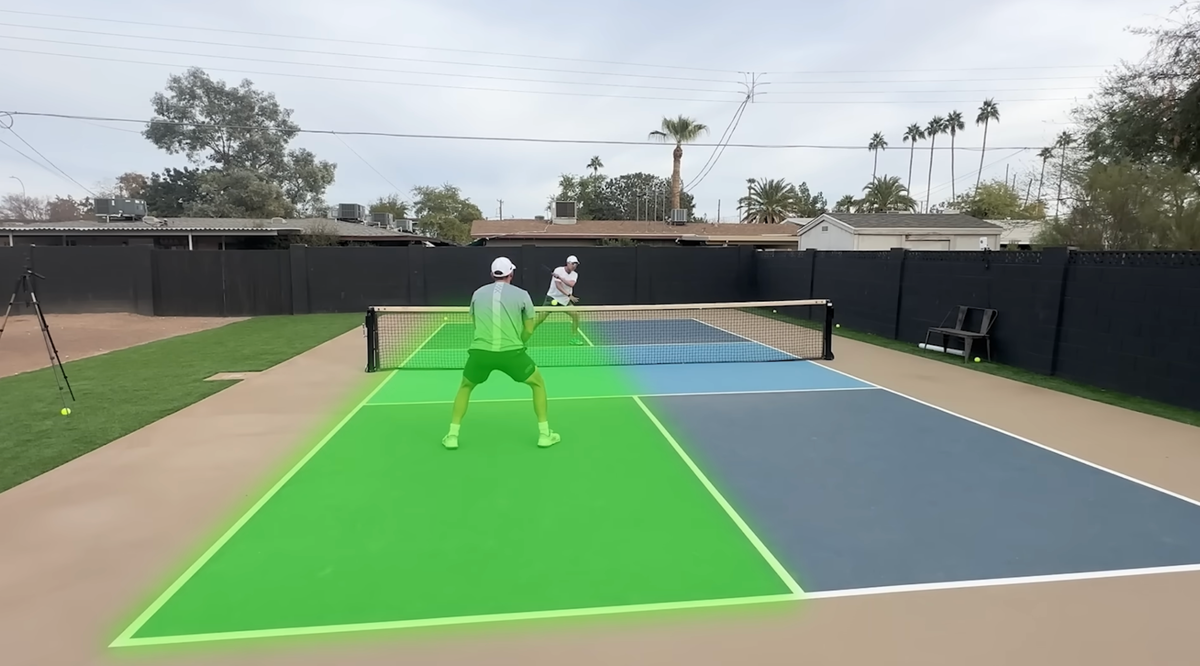
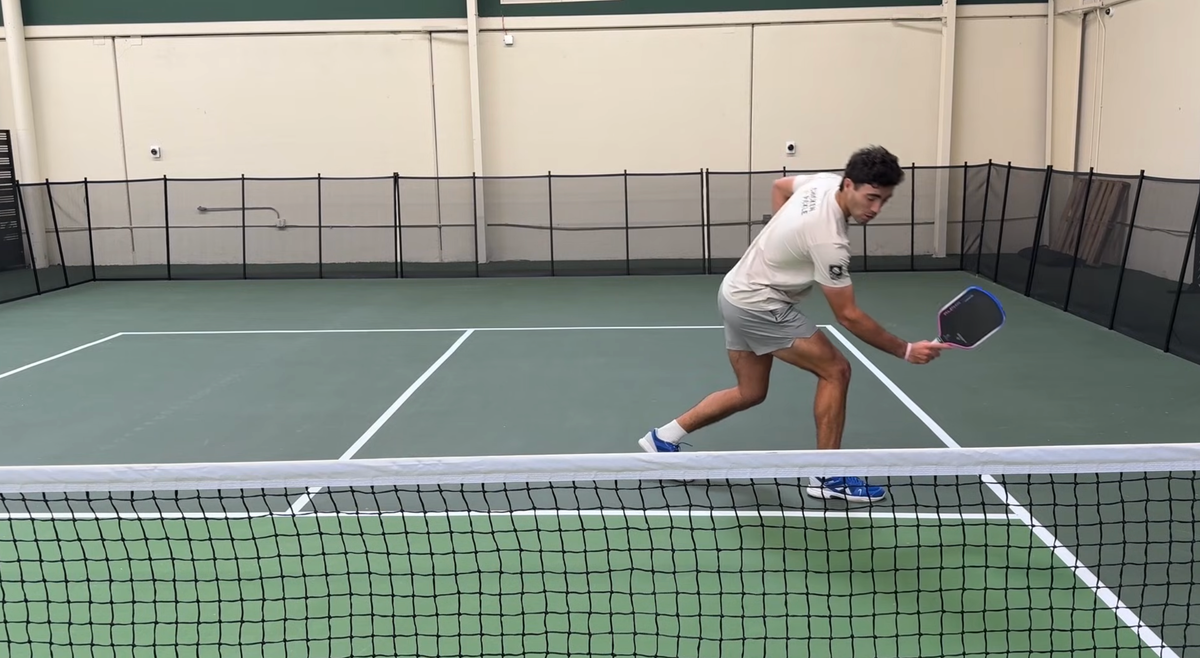
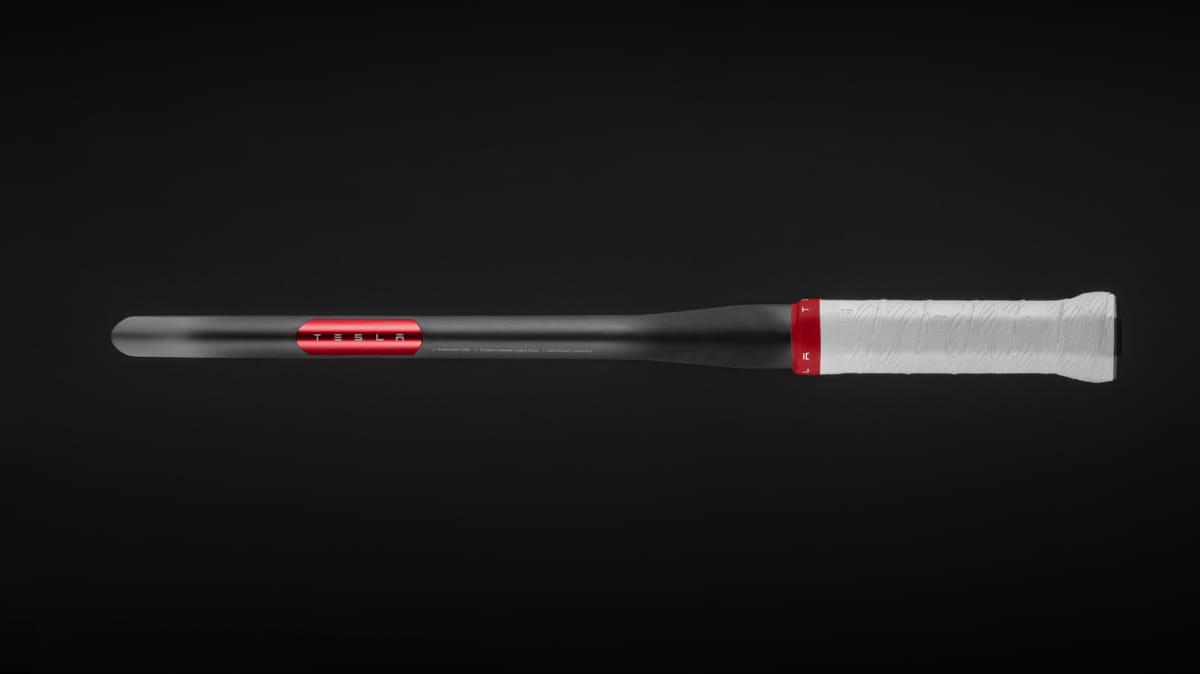




 English (US) ·
English (US) ·  Portuguese (BR) ·
Portuguese (BR) ·